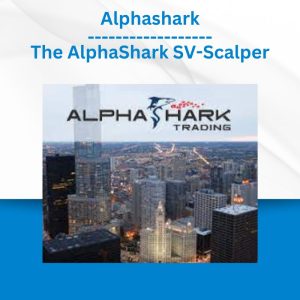*** Proof of Product ***
Exploring the Essential Features of “Charles Boulet – Essential Visual Anatomy: Discover How Vision Deficits Affect Function, Learning, Behavior, and School Outcomes – PESI”
Speaker: Charles Boulet, BSc, BEd, OD
Duration: 3 Hours 21 Minutes
Format: Audio and Video
Copyright: Aug 01, 2022
Media Type: Digital Seminar
Description
Most significant visual impediments are game-changers – if not addressed, no therapeutic intervention will be successful. You will better serve your clients if you understand the mechanics of visual function and how the brain and eyes work together. Learn how to discern whether what you’re seeing is an effect of a visual impediment, and most importantly, what to do about it. This training is the first step to becoming a vision-aware clinician: you’ll improve your efficiency and get your clients to where they need to be sooner.
Speaker
Charles Boulet, BSc, BEd, OD
Charles Boulet, BSc, BEd, OD, has been a loud advocate for essential vision care for underserved populations and was instrumental in promoting Alberta’s Child Vision Assessment Act in 2014, which sought to achieve common vision exams for all children in the province. Along with his clinical work, Dr. Boulet is involved with ongoing research and advocacy with professionals from around the world, including a handful of publications and a growing library of online content.
Speaker Disclosures
Financial: Dr. Charles Boulet maintains a private practice and has an employment relationship with Vision Mechanic.net. He receives a speaking honorarium and recording royalties from PESI, Inc. He has no relevant financial relationships with ineligible organizations.
Non-financial: Dr. Charles Boulet has no relevant non-financial relationships.
Objectives
- Inspect principles of human neurology as it relates to vision.
- Investigate the overall structure of the globe.
- Investigate anterior segment structures.
- Assess the retina, optic nerve and the visual nerve pathways.
- Determine the role of extra-ocular muscles in controlling direction of gaze.
- Evaluate other critical neural inputs: Elements of the ‘chair of vision’.
Outline
- Major Human Neurological Principles
- Major functional systems are similarly organized
- Neurons at each synaptic relay are organized into a neural map of the body
- The cerebral cortex is concerned with cognition
- The thalamus is an essential link between sensory receptors and the cerebral cortex for all modalities except for olfaction
- Psychophysics relates physical properties of stimuli to sensations. Tests like TVPS do not.
- Anatomic Directions and Planes
- Anatomic Features of the Eye
- Neurology
- Retina
- Optic Chiasm
- Optic Tract
- Lateral Geniculate Nucleus (LGN) (if you want to know how systems integrate, look at how they are physically integrated, consider LGN and MGN)
- Calcarine Fissure
- Autonomic Innervation of the Ocular Structures
- Cranial Nerves Involved in Vision
- Extraocular Muscles
- Ductions
- Common Concerns Involving Vision and Visual Function
- ADHD/Attention Deficits
- Reading disabilities
- Emotional Disturbances
- Headache
- Diplopia (double vision) and blur
- Learning disabilities
- Fine motor deficits
- Brain injury/TBI
- Acute / chronic spatial awareness / balance issues
- Sport / Performance Deficits
- Low Visual Perceptual Testing Results
- Receptive and Productive Language Deficits
- Discussion
- The limitations of anatomy: why anatomy is critical, but not the whole picture.
Target Audience
- Occupational Therapists
- Physical Therapists
- Educators
- Pediatric/Educational psychologists
- Family Doctors/Pediatricians
- Other health professionals working in rehabilitation (geriatrics, TBI)
- Other professionals working in child development
Please see the full list of alternative group-buy courses available here: https://lunacourse.com/shop/










 Money Miracle - George Angell - Use Other Peoples Money To Make You Rich
Money Miracle - George Angell - Use Other Peoples Money To Make You Rich